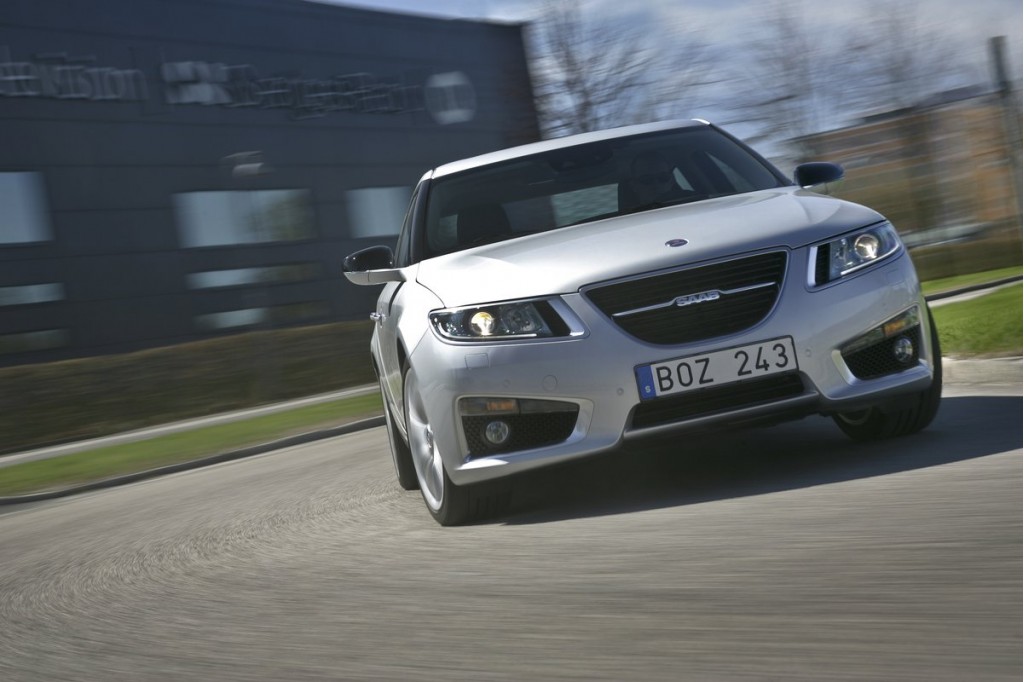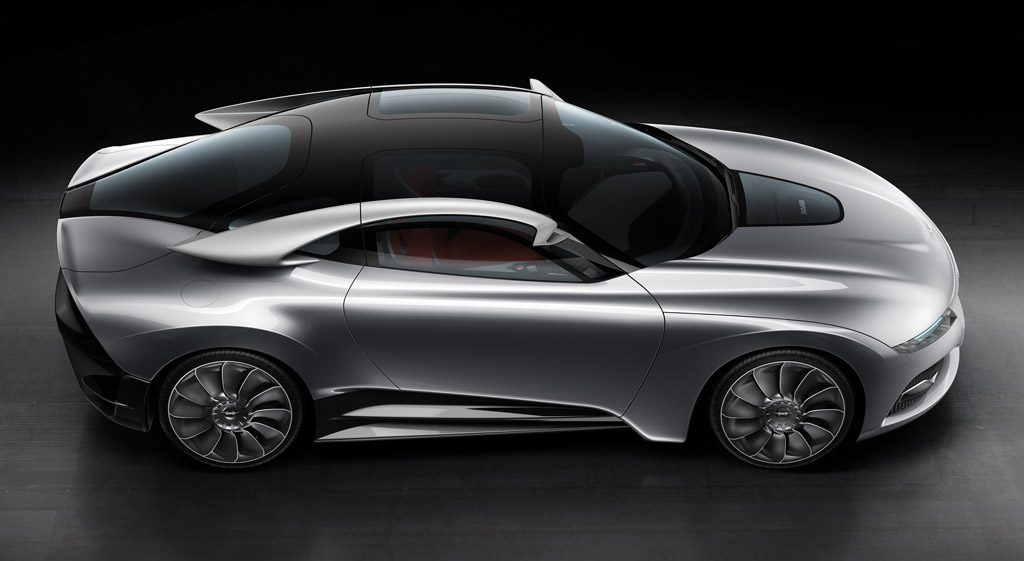
2011 Saab 9-5
Where just a few months ago those same Chinese firms were willing to pay $350 million for just 53 percent of Saab, the decision made by Swedish Automobile and its diligent CEO Victor Muller to finally sell was anything but straight-forward, but it needed to be done.
Now Saab gets to live on for a little while longer, but the automaker is still a long way from exiting its reorganization process and there’s a chance that its sale to its Chinese saviors may still not go ahead.
Today, Saab presented its latest reorganization plan to its creditors in Vänersborg, Sweden, a plan that led Swedish courts to approve an extension of the reorganization process. The plan, which was developed by Saab’s managerial team and supported by the automaker’s current and foreseen owners, as well as its administrator of the reorganization, Guy Lofalk, spells out the future for Saab if everything goes to plan--but as mentioned, that’s a big if.
The outline of the plan is as follows:
Pending the approval from all relevant parties, short- and long-term funding for Saab is assured: Youngman and Pang Da have expressed their commitment to provide $70 million to fund Saab while in reorganization. In addition, the Chinese investors will provide a minimum of $840 million in funding to restart production, to settle Saab’s clear and due debts and to fund operations for the 2012-2013 medium-term timeframe.

2011 Saab PhoeniX Concept
It’s not all good news, however, as the new plan also seeks to cut costs by $155 million and reduce the employee headcount by 500.
No detail is given on when production might ramp up again but things are to be accelerated as quickly as possible, including the sale of Saab cars in China and Russia as well. Traditional markets are only expected to account for 65 percent of Saab’s sales in the near future.
In the longer term, Saab’s new owners will like to see the brand repositioning as a near-premium brand, with a distinct portfolio of models, a flexible cost structure, and a global presence. Sales targets have been set at 35,000 - 55,000 cars in 2012, growing to 75,000 - 85,000 cars in 2013. The longer term figure is annual sales of 185,000 to 205,000 cars.
The new plan even calls for a return to profitability by as early as 2014, but with production unlikely to start until the first quarter of 2012 at the earliest this claim could perhaps be a little premature and optimistic.
To follow our complete coverage of Saab’s financial woes, click here.
